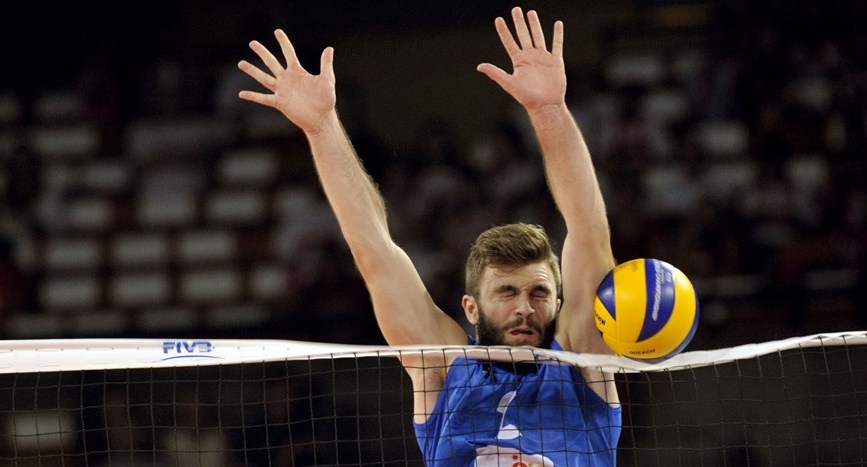In basketball , the
basketball court is the
playing surface, consisting of a rectangular floor with tiles at either end. In professional or organized basketball, especially when played indoors, it is usually made out of a wood , often maple , and highly polished.
Outdoor surfaces are generally made from standard
paving materials such as
polyurethane or
acrylic
Basketball courts size
Basketball courts come in different sizes and colors. In the NBA , the court is 94 feet (29 m) by 50 feet (15 m). Under (FIBA) rules, the court is minutely smaller, measuring exactly 28 metres (92 ft) by
15 metres (49 ft). A high school court is slightly smaller, at 84 feet
(26 m) by 50 feet (15 m). In amateur basketball,
court sizes vary
widely. The baskets are always 10 feet (3.0 m) above the floor (except
possibly in youth competition). Basketball courts have a three-point arc
at both baskets. A basket made from behind this arc is worth three
points; a basket made from within this line, or with a player's foot
touching the line is worth two points. The free-throw line, where one
stands while taking a foul shot, is located within the three-point arc
Center circle
The only two players permitted to enter this area prior to the tipoff
are the players contesting the jump ball (usually but not always
centers). Both players jump when the referee throws the ball in the air,
each attempting to tap the ball into the hands of a player of their own
team.
Three-point line
The three-point line is the line that separates the two-point area from the he three-point ;
any shot converted beyond this line counts as three points. If the
shooting player steps on the line, it is counted as two points only. Any
foul made in the act of shooting beyond the three-point line would give
the player three free thown if the shot doesn't go in, and one if it does.
The distance to the the-point
line from the center of the basket varies depending on the level or
league, and has changed several times. These are the current distances,
with the league or level using each distance:
19.75 ft (6.01 m):
High School basketball court
20.75 ft (6.32 m):
NCAA basketball court
21.65 ft (6.60 m) to 22.15 ft (6.75 m):
WNBA and FIBA basketball court
22 ft (6.71 m) to 23.75 ft (7.24 m):
NBA basketball court
The NBA adopted the three-point line at the start of the 1979-1980.
This is of variable distance, ranging from 22 feet (6.7 m) in the
corners to 23.75 feet (7.24 m) behind the top of the key. During the
1994–95, 1995–96 and 1996–97 seasons, the NBA attempted to address
decreased scoring by shortening the overall distance of the line to a
uniform 22 feet (6.7 m) around the basket. It was moved back to its
original distance after the 1996–97 season. FIBA and the NCAA both
adopted the three-point line in 1985.
In most high school associations in the United States, the distance is 19.75 feet. This was formerly the distance for college basketball as well. On May 26, 2007, the NCAA playing rules committee agreed to
move the three-point line back one foot to 20.75 feet for the men. This
rule went into effect for the 2008–2009 season. The three-point line for
women (NCAA) moved back one foot to 20.75 feet at the start of the
2011–2012 season.
The international distance, used in most countries outside the United States and in FIBA and WNBA competition, is currently 6.6 m (21.65 ft) to 6.75 m (22.15 ft).
Perimeter
The perimeter is defined as the
courts areas outside the free throw lane and
inside the three-point line. Shots converted (successfully made) from
this area are called "perimeter shots" or "medium-range shots." If a
player's foot is on the three-point line, the shot is considered a
perimeter shot.
Read More ...




































